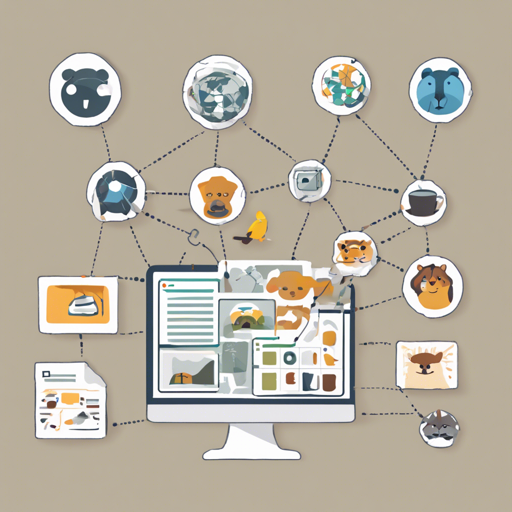Image classification is a crucial task in the realm of computer vision and artificial intelligence. It involves categorizing images into predefined classes based on their visual content. In this article, we will explore the steps required to build an image classification pipeline, along with troubleshooting tips to help you along the way.
What is an Image Classification Pipeline?
An image classification pipeline consists of a series of steps that help machines understand and categorize visual information. Let’s break it down into more digestible components.
Steps to Create an Image Classification Pipeline
- Data Collection: Gather a diverse dataset containing images across various classes. Think of this as collecting ingredients for a delicious recipe
- Data Preprocessing: Clean and prepare your images for analysis. This might include resizing, normalization, or augmentation. Imagine this step as chopping and marinating your ingredients, making them ready for cooking!
- Model Selection: Choose a suitable algorithm or pre-trained model—such as Convolutional Neural Networks (CNNs)—for your classification task. This is akin to picking the right cooking method: frying, baking, or grilling.
- Training the Model: During this stage, the model learns from the training data. This is like letting the dish simmer, allowing all the flavors to combine perfectly.
- Evaluating the Model: After training, you test your model against validation data to see how well it performs. This step is similar to tasting your creation to ensure it’s just right.
- Deployment: Once satisfied with performance, deploy your trained model in a real-world application, allowing others to enjoy the fruits of your labor!
Troubleshooting Common Issues
Building an image classification pipeline may encounter some bumps along the way. Here are some common issues and their solutions:
- Overfitting: If your model performs exceptionally well on training data but poorly on validation data, try using regularization techniques or gathering more data.
- Insufficient Data: Limited or imbalanced datasets can challenge your model’s performance. Consider data augmentation techniques to enhance your dataset.
- Model Not Converging: If your model isn’t learning, check the learning rate or architecture. Sometimes, you might need a different approach entirely.
For more insights, updates, or to collaborate on AI development projects, stay connected with fxis.ai.
Final Thoughts
Image classification is a fascinating area of AI that has applications across various domains, including self-driving cars, medical imaging, and social media. With the right tools and techniques, you can craft an effective image classification pipeline that delivers impactful results.
At fxis.ai, we believe that such advancements are crucial for the future of AI, as they enable more comprehensive and effective solutions. Our team is continually exploring new methodologies to push the envelope in artificial intelligence, ensuring that our clients benefit from the latest technological innovations.

